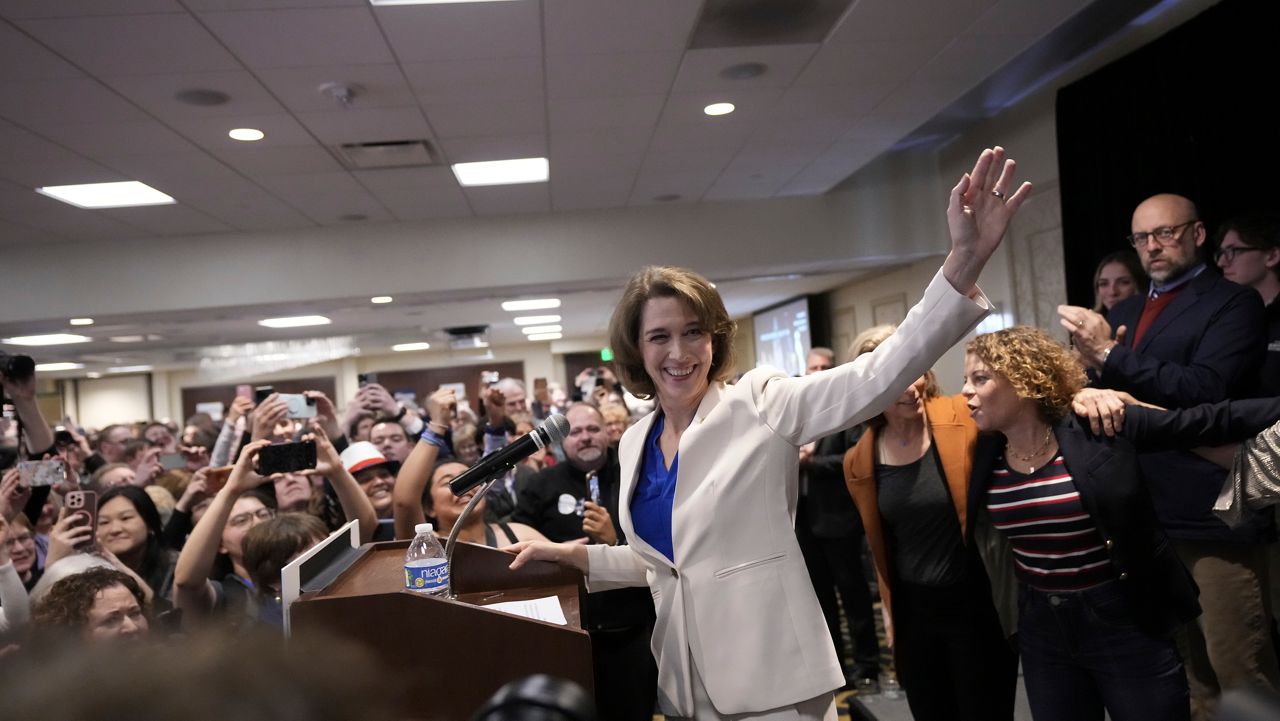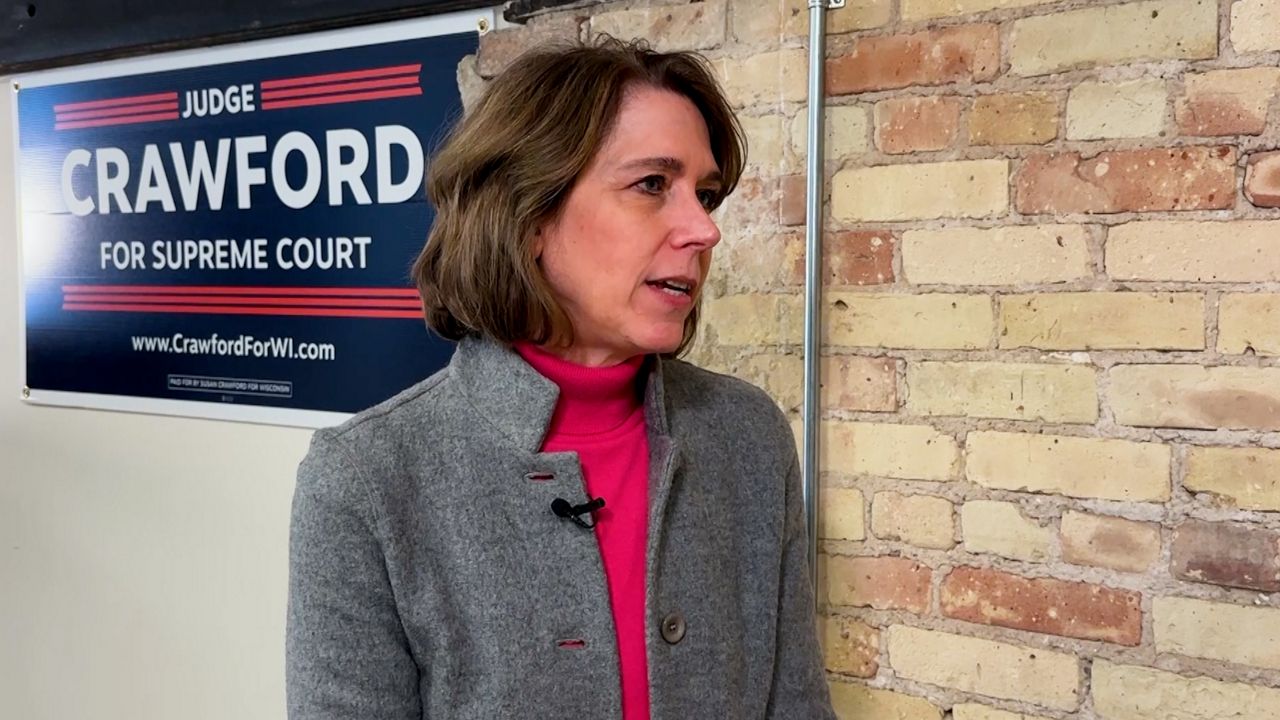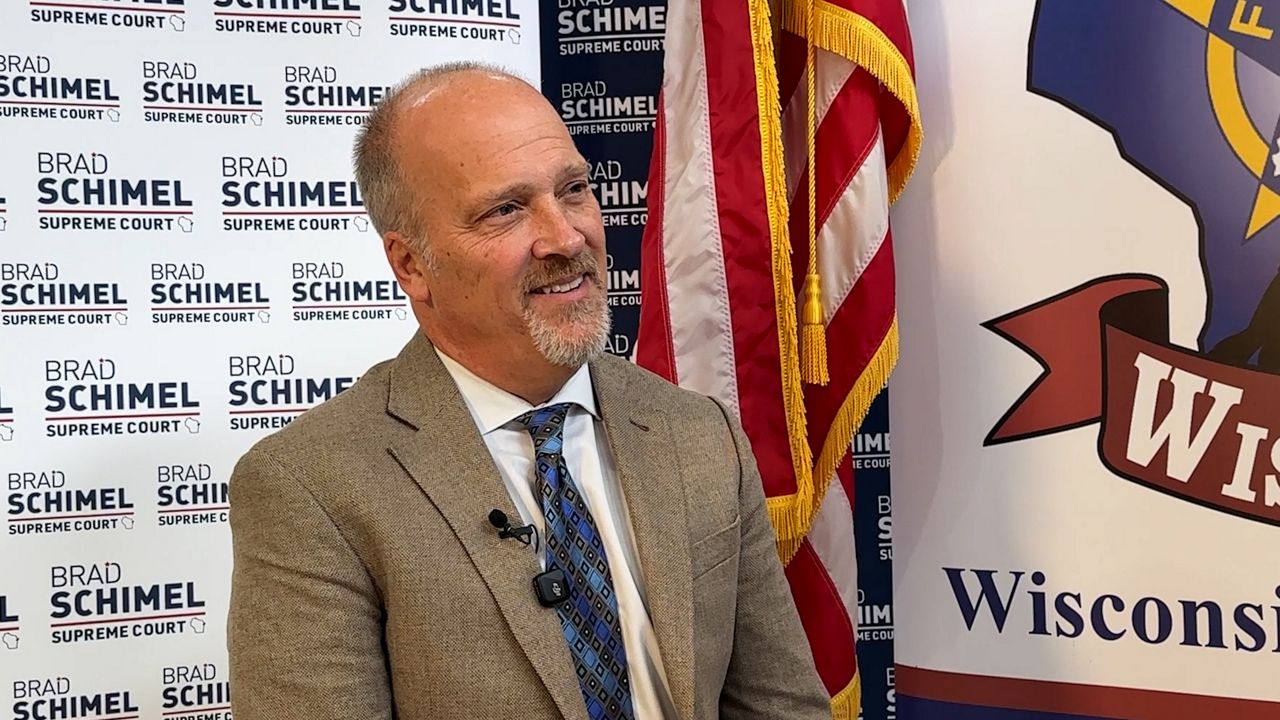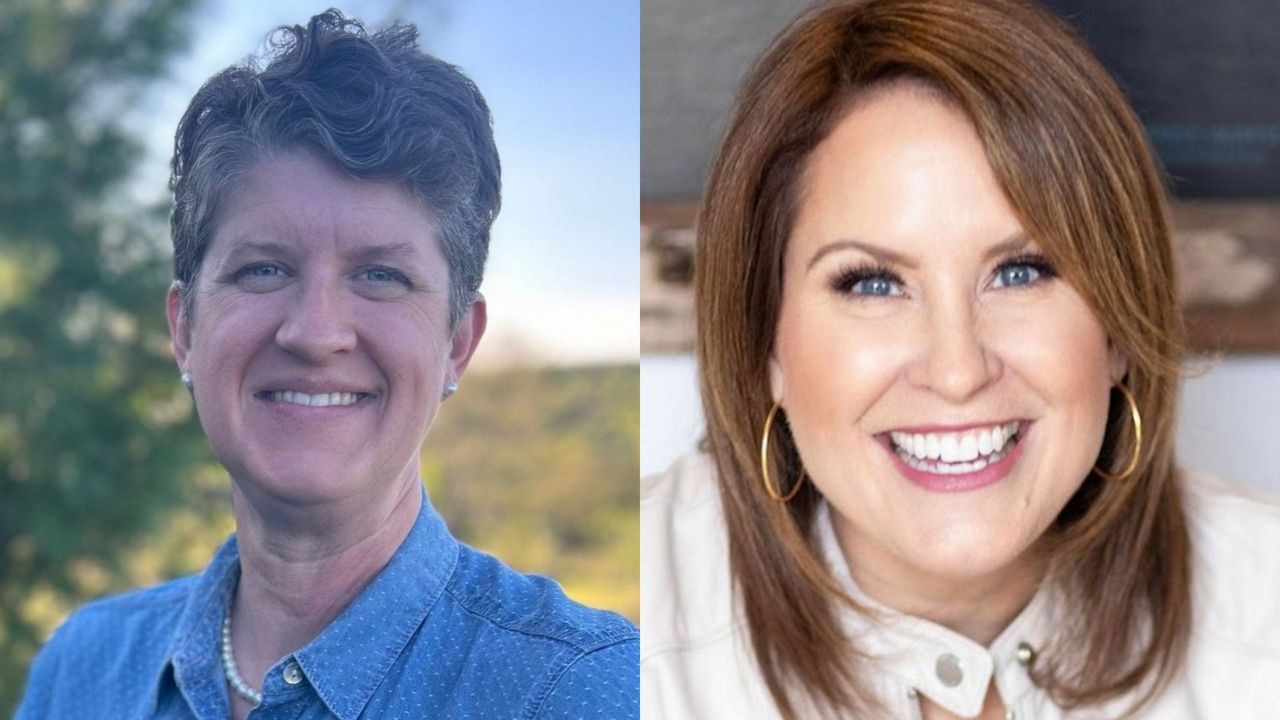MADISON, Wis. — For the first time in more than a decade, Wisconsin’s political landscape will change as Democratic Gov. Tony Evers signed new boundaries for lawmakers in the state's Senate and Assembly into law Monday. The action will now all but end an ongoing legal fight between both major political parties.
However, not everyone in the governor’s party is happy. Some Democrats fear the latest maps could now be challenged in federal court, despite assurances from across the aisle that no such lawsuits will happen. Even so, the governor is standing by his decision to go through the legislative process to keep a promise.
“Wisconsinites want fair maps and Wisconsinites deserve fair maps, so today, Wisconsinites, I’m enacting fair maps for the great state of Wisconsin,” Gov. Evers said during a bill signing ceremony held at the Capitol.
With the stroke of a pen, the governor effectively ended what he and fellow Democrats long insisted was a GOP gerrymander.
“Wisconsin, when I promised I wanted fair maps, not maps that are better for one party or the other, including my own, I damn well meant it,” Gov. Evers added.
Last week, Republicans in the Legislature passed the identical boundaries the governor first proposed after the liberal-leaning Wisconsin Supreme Court ruled in December that previous Republican-drawn lies were unconstitutional and could no longer be used.
“Those are the exact maps before me today,” Gov. Evers told reporters during Monday’s press conference. “They’re my maps — nothing more and nothing less.”
Though the move caught some by surprise, GOP leaders feared the state’s high court would draw boundaries less favorable to them if they didn’t reach an agreement with the governor first. In January, Republicans had passed a map similar to the governor's but he ultimately vetoed it because too many changes were made.
After the bill signing, Republicans insisted they could win on any map because of their policies.
“Today, Governor Evers signed the most Republican-leaning maps out of all the Democrat-gerrymandered maps being considered by the Wisconsin Supreme Court,” Assembly Speaker Robin Vos said in a statement. “We sent him those maps, not because they are fair, but because the people of Wisconsin deserve certainty in state government. This legislation brings to end this sham of a litigation designed to deliver judicially gerrymandered Democrat maps to the liberal special interest groups funding said litigation.”
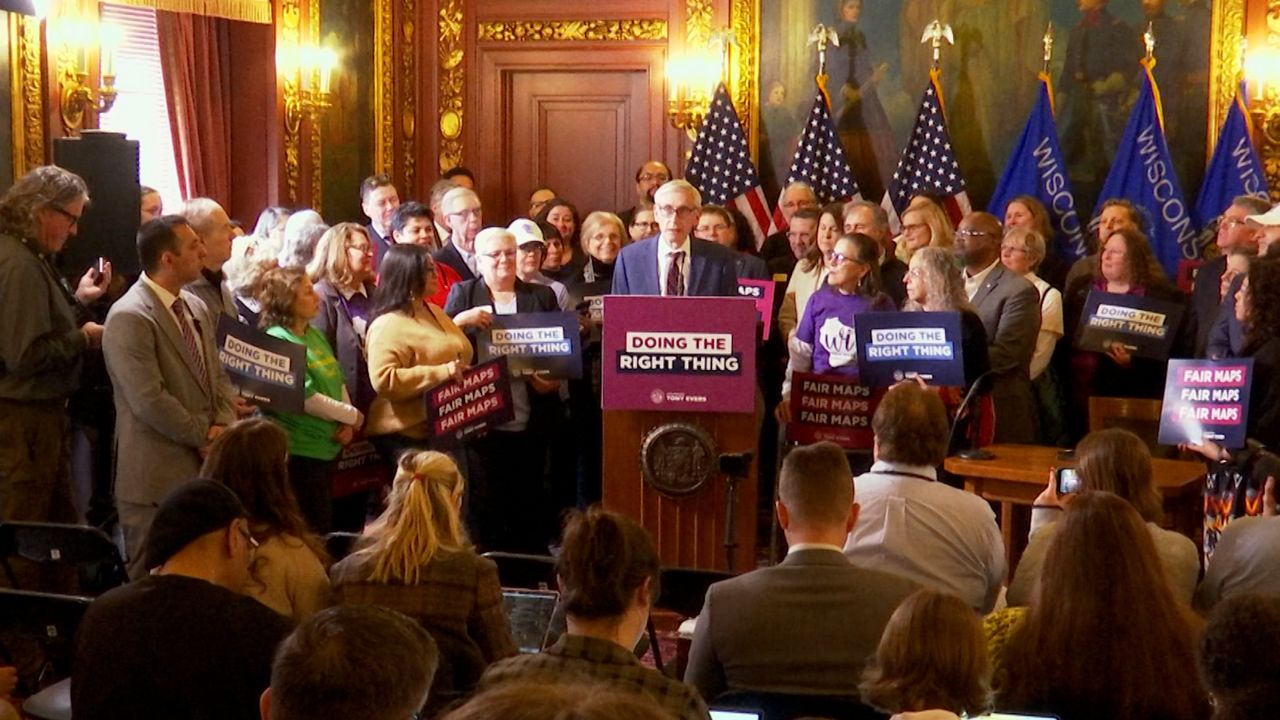
Despite enacting maps that he said are fair and reflect the will of the people, the governor said the redistricting fight isn’t over.
“If the people of Wisconsin vote to send Democratic majorities to Madison this November, I’ll tell you right now, one of the first orders of business in our first 100 days together will be enacting a fair, independent and nonpartisan redistricting system for Wisconsin,” Gov. Evers said to a burst of applause from supporters and lawmakers gathered inside the Governor’s Conference Room.
With the legal battle expected to draw to a close, the State Supreme Court’s involvement hasn’t entirely ended. The governor said he plans to ask the justices to clarify that the boundaries signed into law Monday will be in place for any special elections that happen between now and the fall.







